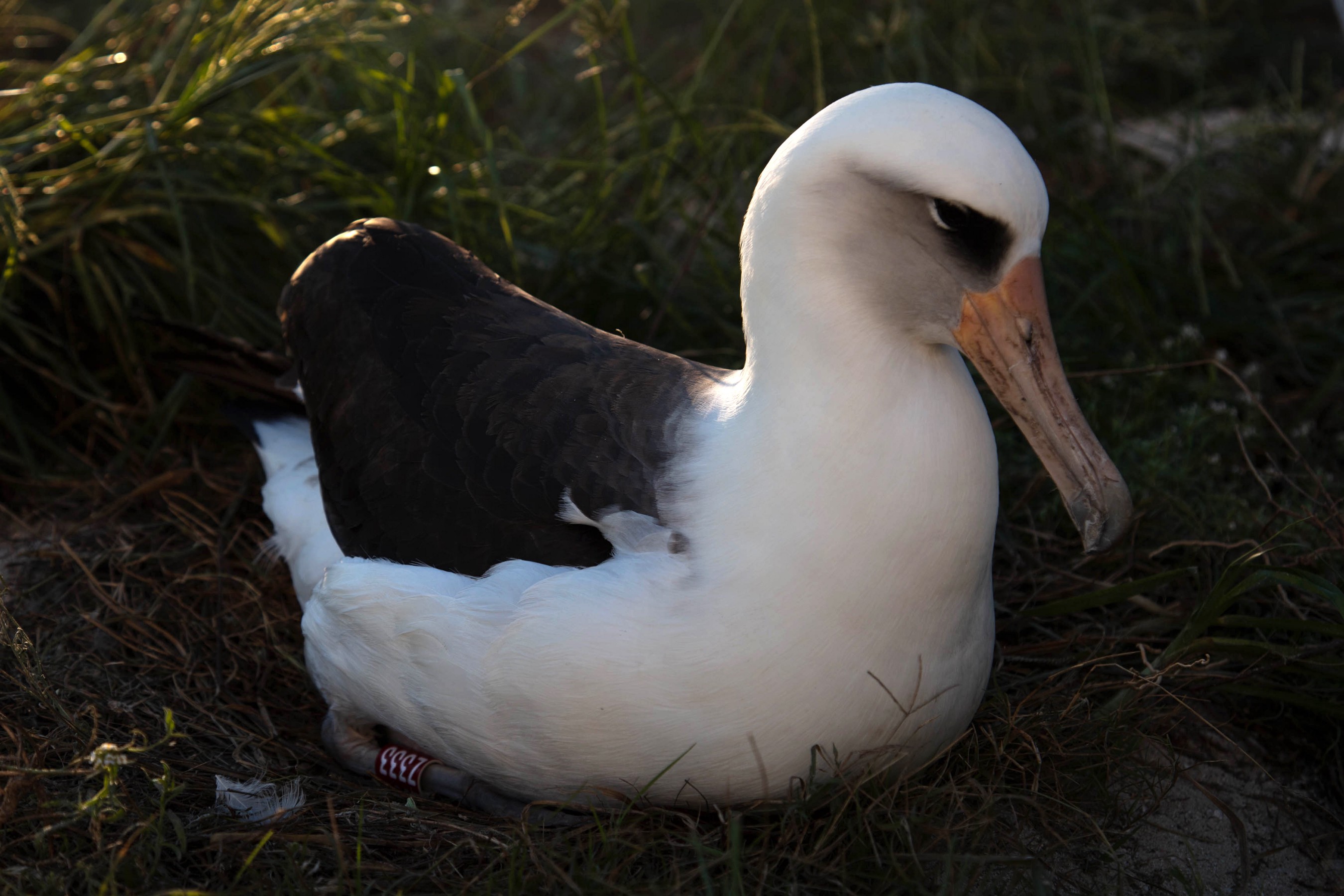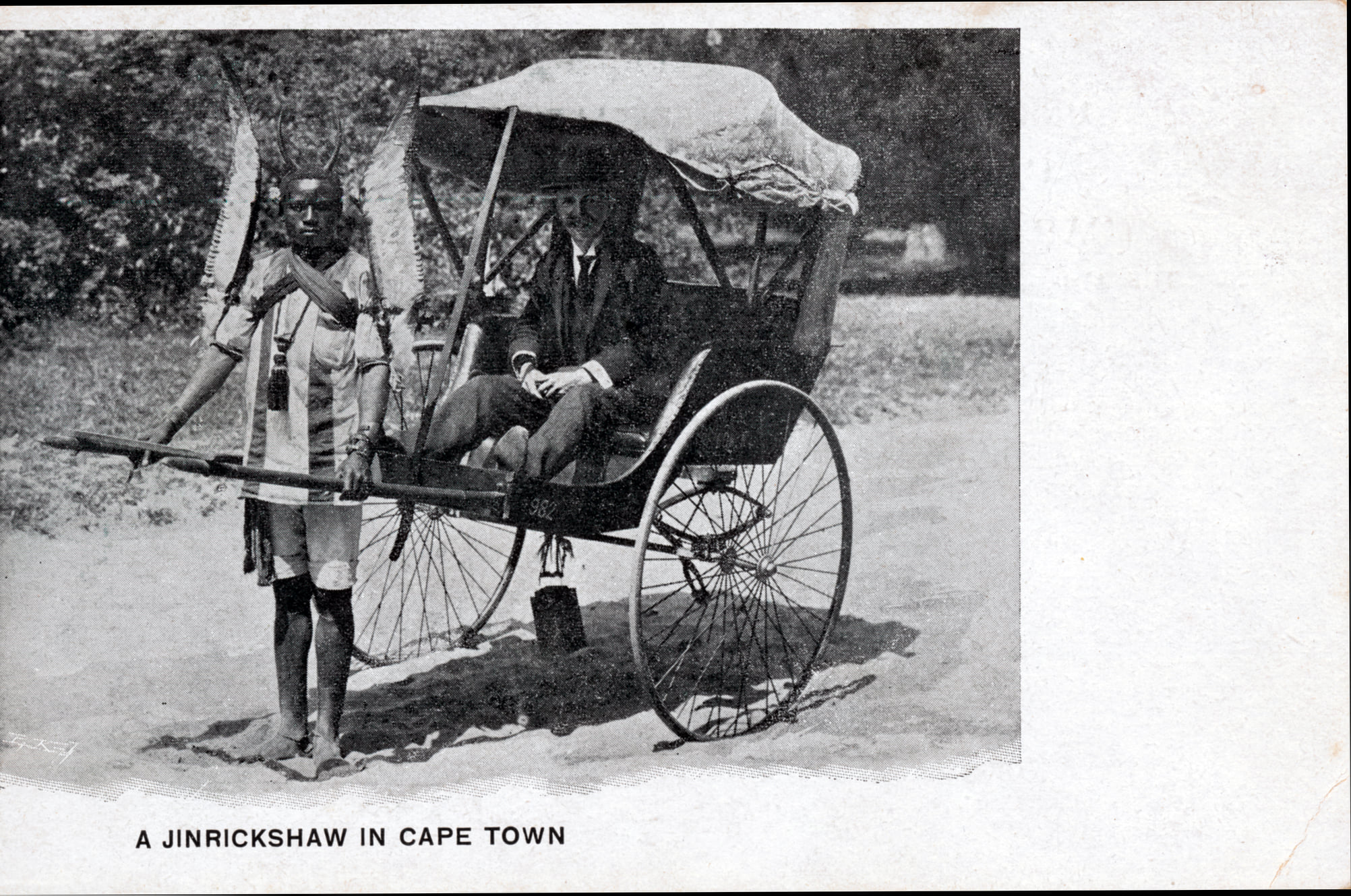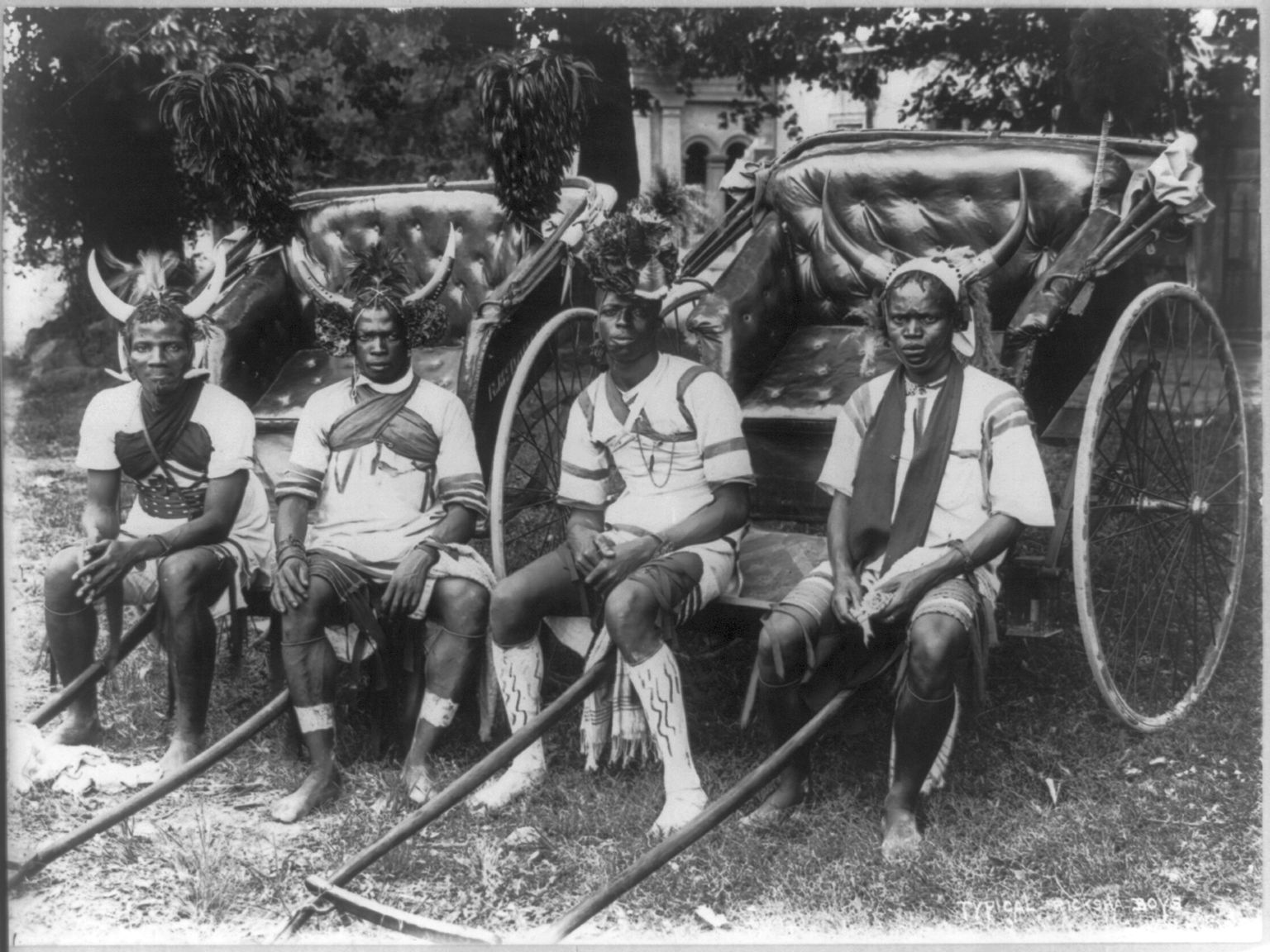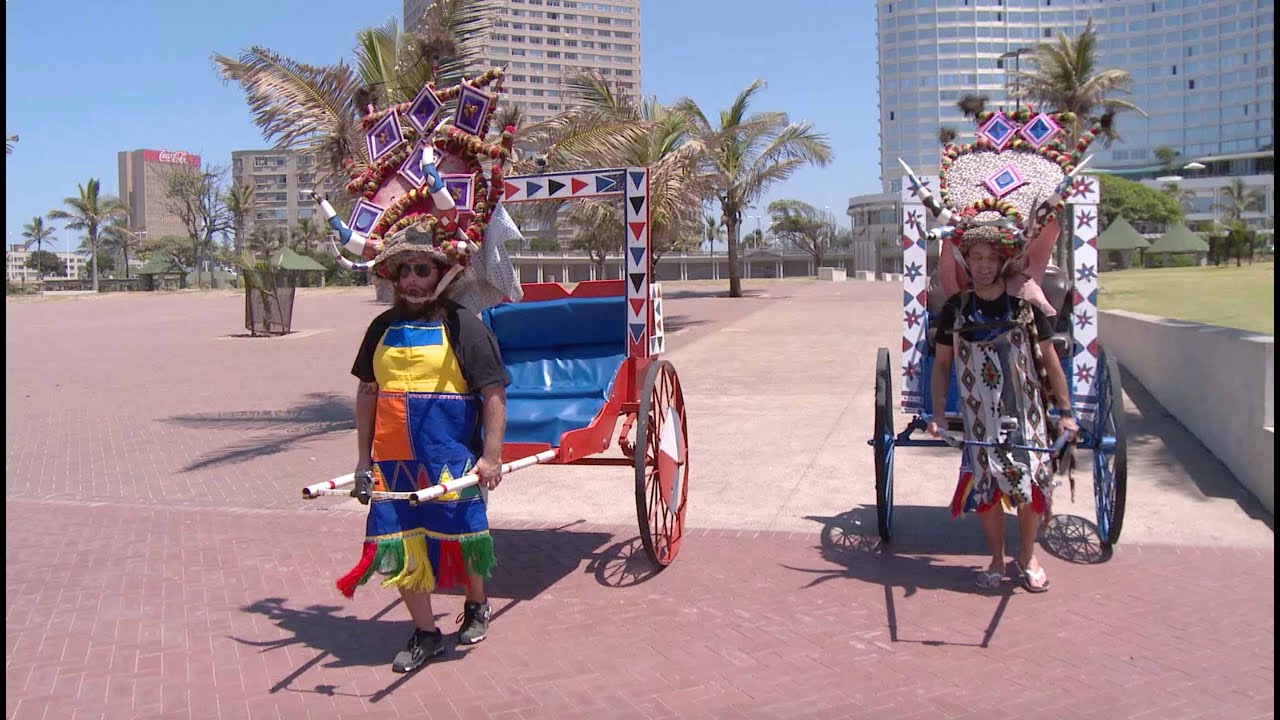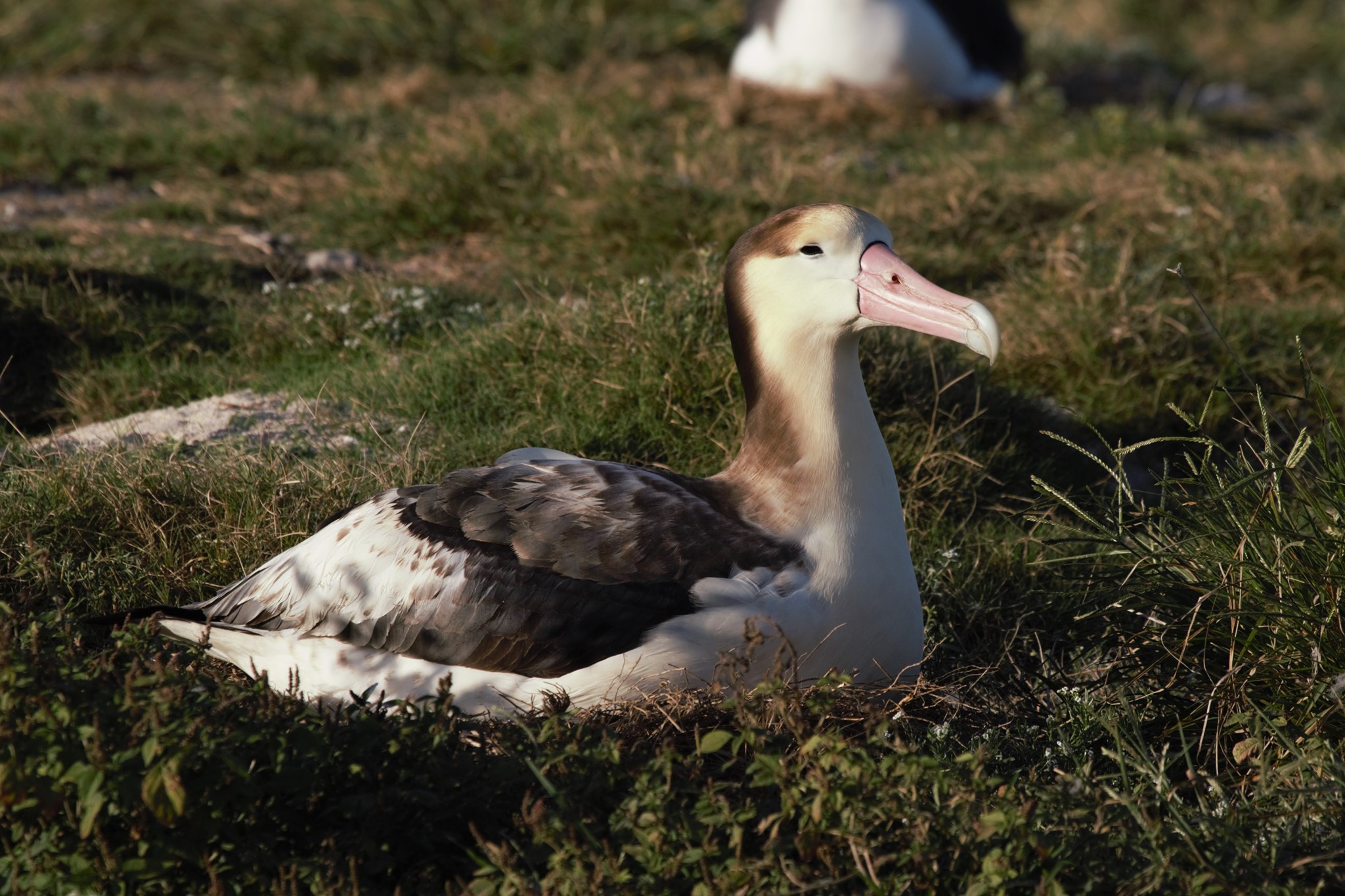
Floof! Wandering Albatross chick in the South Atlantic, photograph by Kirk Zufelt
David Stone (Scottish Centre for Ecology and the Natural Environment, University of Glasgow, UK) and colleagues have published in the Journal of Thermal Biology on aspects of homeothermy in Wandering Albatross Diomedea exulans chicks.
The paper’s abstract follows:
“Young birds in cold environments face a range of age-specific thermal challenges. Studying the thermal biology of young birds throughout ontogeny may further our understanding of how such challenges are met. We investigated how age and environmental parameters influenced surface temperature gradients across various body regions of wandering albatross (Diomedea exulans) chicks on Bird Island, South Georgia. This study was carried out over a 200 d period during the austral winter, from the end of the brood-guard period until fledging, bridging a gap in knowledge of surface temperature variation and heat loss in developing birds with a long nestling stage in severe climatic conditions. We found that variation in surface temperature gradients (i.e., the difference between surface and environmental temperature) was strongly influenced by chick age effects for insulated body regions (trunk), with an increase in the surface temperature gradient that followed the progression of plumage development, from the second set of down (mesoptiles), to final chick feathers (teleoptiles). Environmental conditions (primarily wind speed and relative humidity) had a stronger influence on the gradients in uninsulated areas (eye, bill) than insulated regions, which we interpret as a reflection of the relative degree of homeothermy exhibited by chicks of a given age. Based on biophysical modelling, total heat loss of chicks was estimated to increase linearly with age. However, mass specific heat loss decreased during the early stages of growth and then subsequently increased. This was attributed to age-related changes in feather growth and activity that increased surface temperature and, hence, metabolic heat loss. These results provide a foundation for further work on the effects of environmental stressors on developing chicks, which are key to understanding the physiological responses of animals to changes in climate in polar regions.”
Reference:
Stone, D.W., Gunn, C., Nord, A., Phillips, R.A. & McCafferty, D.J. 2020. Plumage development and environmental factors influence surface temperature gradients and heat loss in wandering albatross chicks. Journal of Thermal Biology doi.org/10.1016/j.jtherbio.2020.102777.
John Cooper, ACAP Information Officer, 08 December 2020

 English
English  Français
Français  Español
Español 